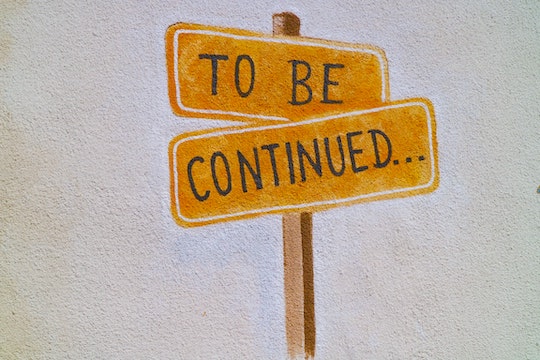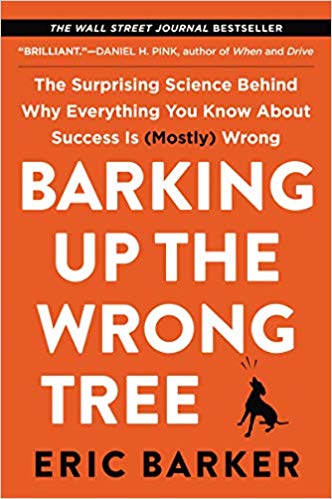“If you have achieved any level of success then pour it into someone else. Success is not success without a successor.”
—T.D. Jakes, American author and filmmaker
Who are the people in your personal and professional life that helped you get where you are today?
When I was in my mid 30s, I participated in a year-long seminar called the Wisdom Course. Among the various assignments given was the goal to create a visual and written autobiography of my life.
Beyond going through tons of family photos and a yearbook or two, we were challenged to reach out to many of these individuals to acknowledge their significant influences and acts of generosity.
EXERCISE:
How have you paid forward life lessons with family, friends, and colleagues?
With whom can and will you generously offer your coaching and support to help them be all they can be?
Don’t be surprised when your own success and satisfaction get a boost of momentum from the law of “Givers Gain.”










